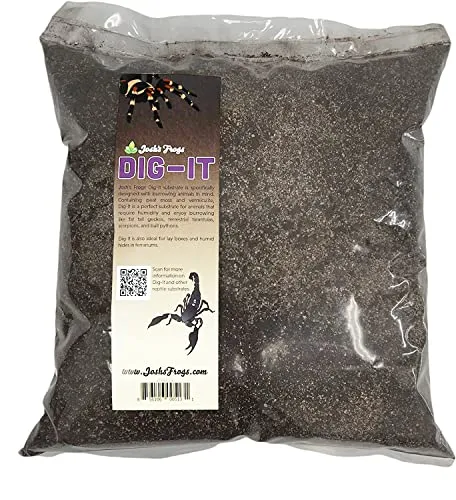Tarantula Substrate Top 5 Choices
Choosing the right substrate for your tarantula is crucial for their health and well-being. The substrate provides a comfortable environment, aids in humidity regulation, and allows tarantulas to burrow, which is a natural behavior for many species. A good substrate mimics their natural habitat, promoting their overall health and happiness. This guide will explore the top five substrate choices, detailing their benefits, drawbacks, and how to use them effectively. From coco fiber to topsoil, we’ll cover everything you need to know to create the perfect home for your eight-legged friend. The right substrate is not just about aesthetics; it’s about providing a functional and enriching environment.
Coco Fiber The Ideal Choice
Coco fiber, derived from coconut husks, is a widely popular choice for tarantula substrates due to its excellent moisture retention and natural appearance. It’s a renewable resource, making it an environmentally friendly option. Coco fiber’s ability to hold moisture helps maintain the humidity levels essential for many tarantula species, especially those from tropical environments. It’s also a relatively clean substrate, reducing the risk of mold and bacterial growth if maintained properly. Its texture is conducive to burrowing, allowing tarantulas to create tunnels and retreats, which is crucial for their comfort and security. Coco fiber is a versatile substrate, suitable for a wide variety of tarantula species, making it an excellent starting point for beginners.
Benefits of Coco Fiber
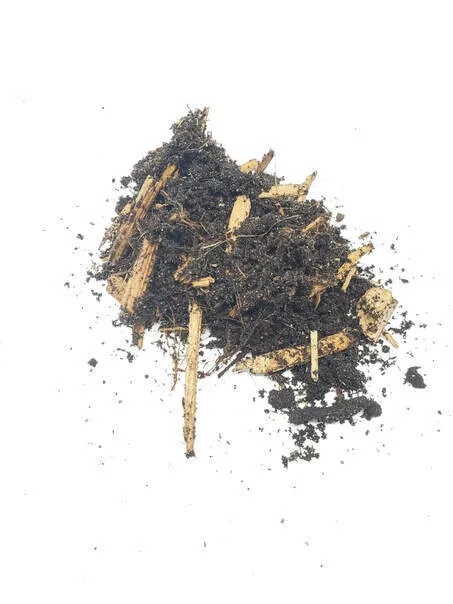
The benefits of coco fiber extend beyond its moisture-retaining capabilities. It’s naturally absorbent, helping to manage waste and odors in the enclosure. The substrate’s texture provides good traction for tarantulas, allowing them to easily climb and move around. Coco fiber is also generally considered safe for tarantulas, with low risk of toxicity or irritation. Furthermore, it’s relatively inexpensive and readily available in pet stores and online. Its ease of use and maintenance make it a preferred choice for both novice and experienced tarantula keepers, simplifying the process of creating and maintaining a healthy habitat.
How to use Coco Fiber
Using coco fiber involves several straightforward steps. First, select a high-quality, pet-safe coco fiber product. Before use, hydrate the coco fiber by adding water until it reaches a damp, but not soaking wet, consistency. A good rule of thumb is to squeeze a handful, and if water drips out, it’s too wet; if it crumbles, it’s too dry. Spread the hydrated coco fiber across the bottom of your tarantula’s enclosure, typically at a depth of 2-6 inches, depending on the species and their burrowing habits. Maintain the humidity levels by misting the substrate lightly as needed, monitoring the moisture level to prevent both dryness and excessive dampness. Regular spot cleaning to remove waste and uneaten food is essential to keep the substrate clean and hygienic.
Peat Moss Great for Humidity
Peat moss is another effective substrate option, prized for its superior ability to retain moisture and maintain high humidity levels. It is particularly beneficial for tarantula species that originate from humid environments. Peat moss is composed of partially decayed plant matter, giving it a natural, earthy appearance. Its structure allows it to hold a significant amount of water, creating a moist microclimate within the enclosure. However, it’s important to consider both the advantages and the potential downsides of peat moss before deciding to use it.
Peat Moss Pros and Cons
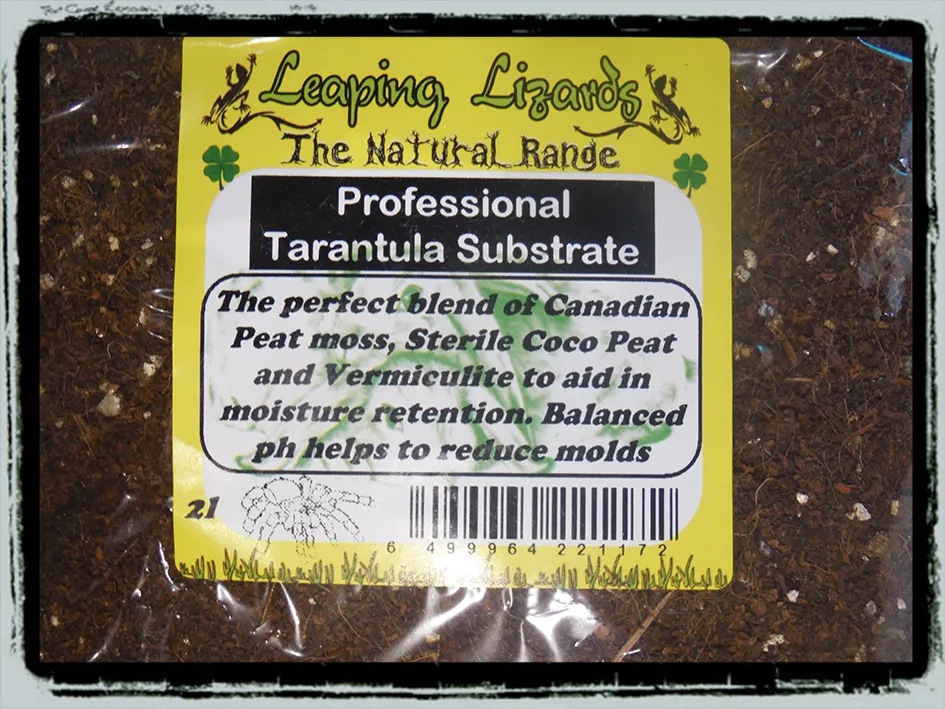
The advantages of peat moss include its excellent humidity control, its ability to provide a naturalistic environment, and its relatively low cost. It also supports burrowing behaviors, providing a comfortable space for tarantulas to hide and molt. However, peat moss can have some drawbacks. It can be prone to mold growth if over-watered, and it may compact over time, reducing its aeration. Some keepers also find it slightly acidic, which might necessitate monitoring and maintenance of the enclosure’s pH. It’s crucial to monitor the enclosure regularly for any signs of mold or excessive moisture when using peat moss.
Mixing Peat Moss with Other Substrates
To mitigate some of the potential drawbacks of peat moss, consider mixing it with other substrates. A common combination is peat moss and coco fiber, which can balance the humidity control of peat moss with the aeration and drainage properties of coco fiber. Another option is to combine peat moss with vermiculite, which can help with moisture retention and prevent the substrate from drying out too quickly. The proportions of each substrate can be adjusted to suit the specific needs of your tarantula species and the humidity levels of your environment. Always make sure the mixture is thoroughly combined to provide a consistent environment.
Sphagnum Moss Humidity Retention
Sphagnum moss is a popular substrate additive due to its exceptional ability to retain moisture and maintain humidity levels. It’s particularly useful for creating microclimates within the enclosure or spot-treating dry areas. Sphagnum moss is derived from a specific type of wetland plant, offering a natural and aesthetically pleasing element to the habitat. It’s often used in conjunction with other substrates to create a more diverse and beneficial environment for tarantulas.
Sphagnum Moss: Pros and Cons
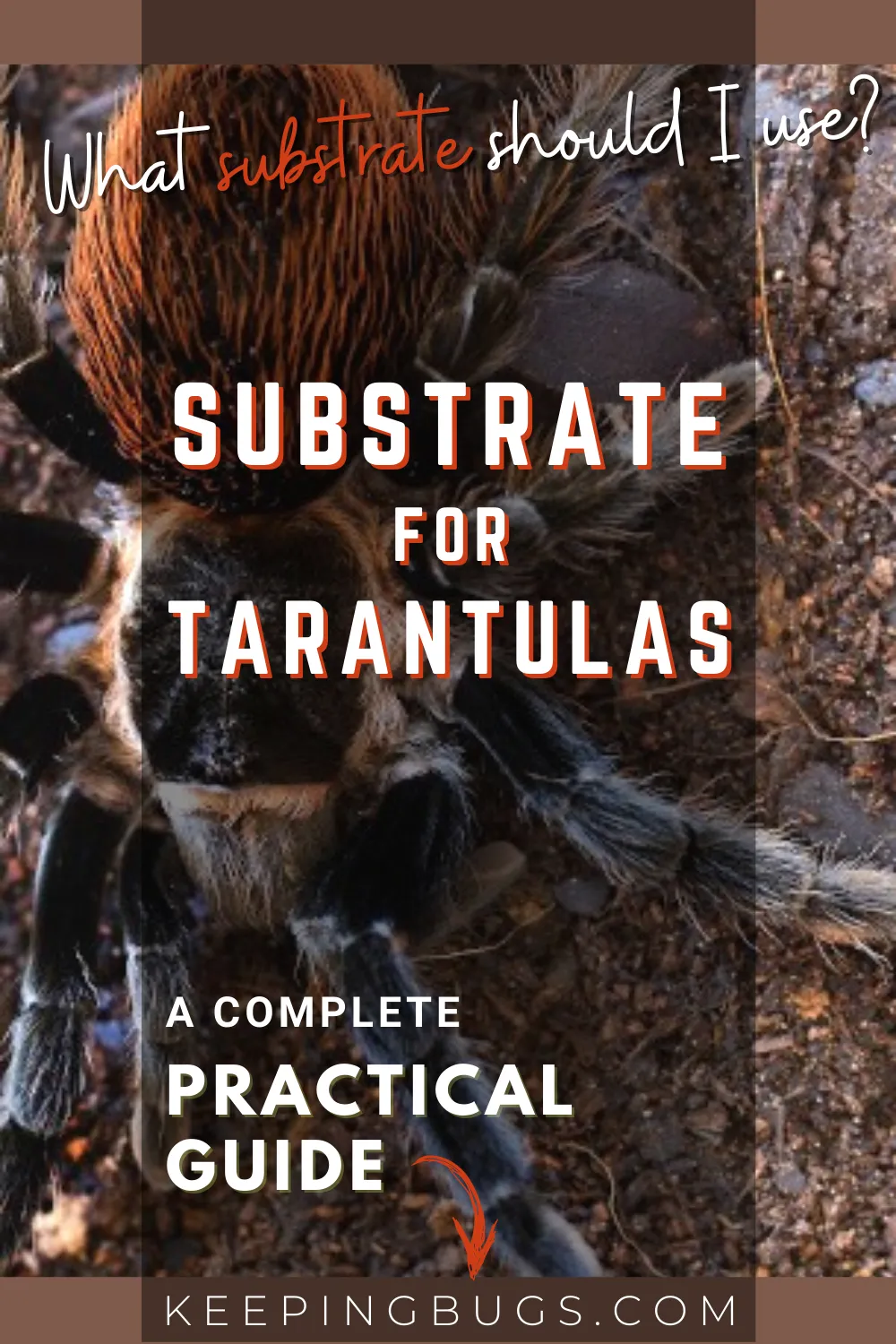
The primary benefit of sphagnum moss is its incredible water-holding capacity, which can dramatically increase humidity within the enclosure. It also has natural antifungal properties, which can help prevent mold and bacterial growth. Sphagnum moss can add a decorative element to the habitat, creating a more naturalistic appearance. However, it can sometimes be difficult to find high-quality, clean sphagnum moss. It can also become compacted over time, and it’s crucial to ensure it remains clean to prevent contamination. Additionally, sphagnum moss might not be ideal as the sole substrate; it’s better used in conjunction with other materials.
Using Sphagnum Moss in Enclosures
Sphagnum moss can be used in a variety of ways in a tarantula enclosure. It can be placed in a moist hideaway, providing a humid retreat for your tarantula to molt or simply relax. It can also be used as a top layer on the main substrate, to help retain moisture. For species that require very high humidity, sphagnum moss can be spread throughout the enclosure. It’s essential to regularly check and replace the sphagnum moss, ensuring it remains clean and doesn’t become a breeding ground for mold or mites. Lightly mist the moss as needed to maintain the desired humidity levels.
Vermiculite for Moisture
Vermiculite, a hydrated magnesium aluminum silicate mineral, is an excellent substrate for moisture management. It’s often used in combination with other substrates to improve moisture retention and drainage. Vermiculite’s porous structure allows it to absorb water and slowly release it, maintaining a stable humidity level. This makes it particularly suitable for species that prefer moderately humid environments. The mineral is also non-toxic and chemically inert, making it a safe choice for your tarantula.
Vermiculite Advantages
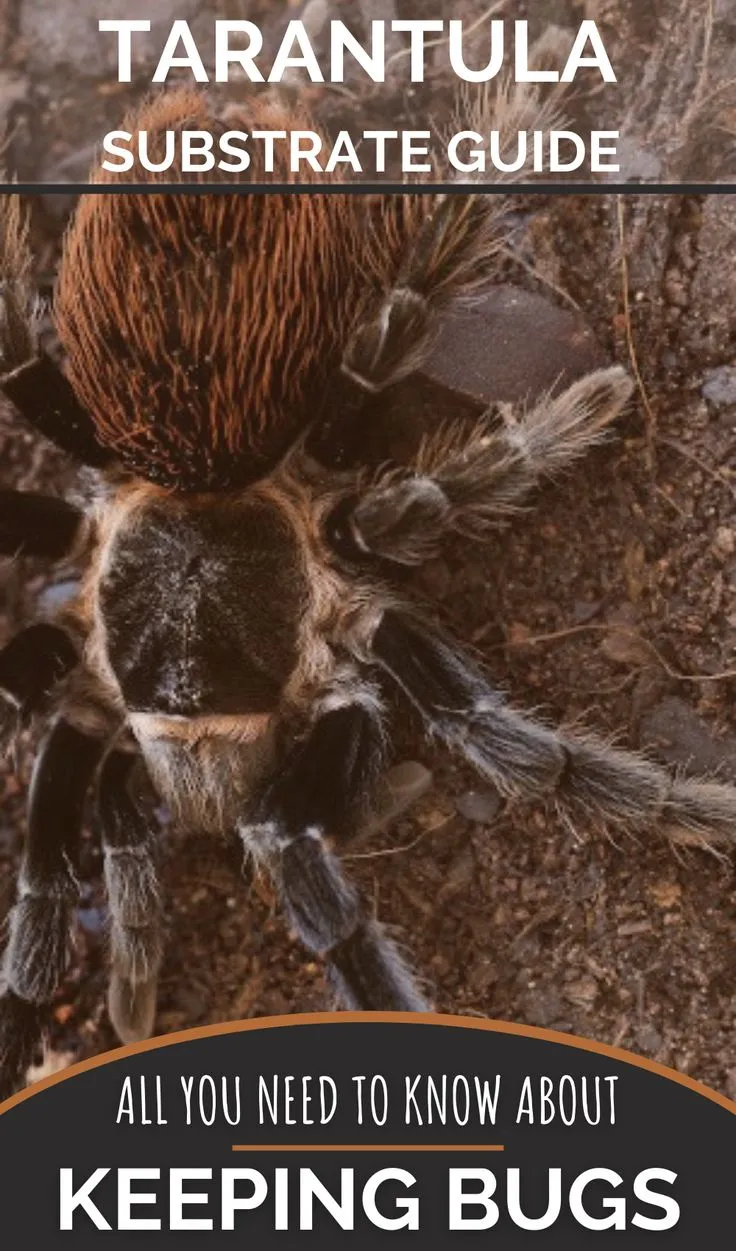
The advantages of vermiculite include its capacity to retain moisture, preventing the substrate from drying out quickly. It also provides excellent aeration, which is essential for preventing the growth of mold and bacteria. Vermiculite is lightweight, making it easy to handle, and it is generally inexpensive and readily available. It can also aid in temperature regulation, helping to maintain a stable environment within the enclosure. The mineral’s inertness makes it a safe option for tarantulas, minimizing the risk of adverse reactions. It can also be mixed easily with other substrates to enhance their properties.
Vermiculite in Tarantula Habitats
To use vermiculite effectively, mix it with other substrates like coco fiber or peat moss. This enhances the moisture-retaining properties of the primary substrate while providing adequate drainage. A typical ratio is one part vermiculite to two or three parts of the main substrate. Ensure that the vermiculite is moistened before mixing it with the other substrate. Keep in mind that vermiculite alone is not sufficient to meet all of a tarantula’s environmental needs; it’s best used as part of a balanced substrate mix. Monitoring humidity levels is crucial when vermiculite is used to ensure the environment is suitable for the tarantula.
Topsoil Naturalistic Approach
Topsoil, when used carefully, offers a naturalistic approach to tarantula habitats. It provides a substrate that closely mimics their natural environment, particularly for terrestrial species that burrow extensively. Topsoil can be a beneficial choice for those looking to create a bioactive enclosure, where the substrate supports a thriving ecosystem with beneficial organisms. However, using topsoil requires careful preparation and monitoring to ensure it’s safe and suitable for your tarantula.
Topsoil Considerations
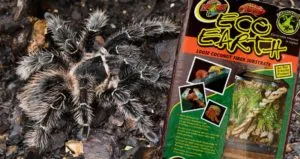
When considering topsoil, there are several factors to take into account. First and foremost, ensure that the topsoil is free from fertilizers, pesticides, and other chemicals that could be harmful to your tarantula. Opt for organic, additive-free topsoil. Topsoil can also compact over time, so it’s important to aerate it periodically, particularly if you’re housing burrowing species. It’s essential to regulate humidity and drainage properly to prevent mold or bacterial growth. Consider the species’ specific needs; topsoil is often better suited to terrestrial species that require a more natural environment.
Creating a Topsoil Mix
To create a suitable topsoil mix, combine the topsoil with other materials, such as coco fiber, peat moss, or sphagnum moss, to improve drainage, aeration, and moisture retention. A good starting point is a mix of approximately 50% topsoil, 30% coco fiber, and 20% peat moss or sphagnum moss. Incorporating leaf litter and other organic matter can further enrich the substrate and provide a more naturalistic environment. Always ensure the mix is well-mixed and lightly moistened before introducing it to the enclosure. Monitoring the substrate for any signs of mold or excessive dampness is critical to the tarantula’s health.
Substrate Choice Summary
Choosing the right substrate is essential for the well-being of your tarantula. Coco fiber offers versatility and ease of use, while peat moss excels in humidity retention. Sphagnum moss is excellent for localized humidity control, and vermiculite improves moisture management. Topsoil offers a naturalistic option when prepared correctly. Consider the specific needs of your tarantula species, their habitat preferences, and the humidity and temperature requirements when making your choice. Regularly monitor the substrate, making adjustments as needed to ensure your tarantula thrives in a healthy and enriching environment. Ultimately, the best substrate is one that supports the natural behaviors and meets the specific environmental needs of your tarantula. Implementing these guidelines will help ensure your tarantula lives a long and happy life.
